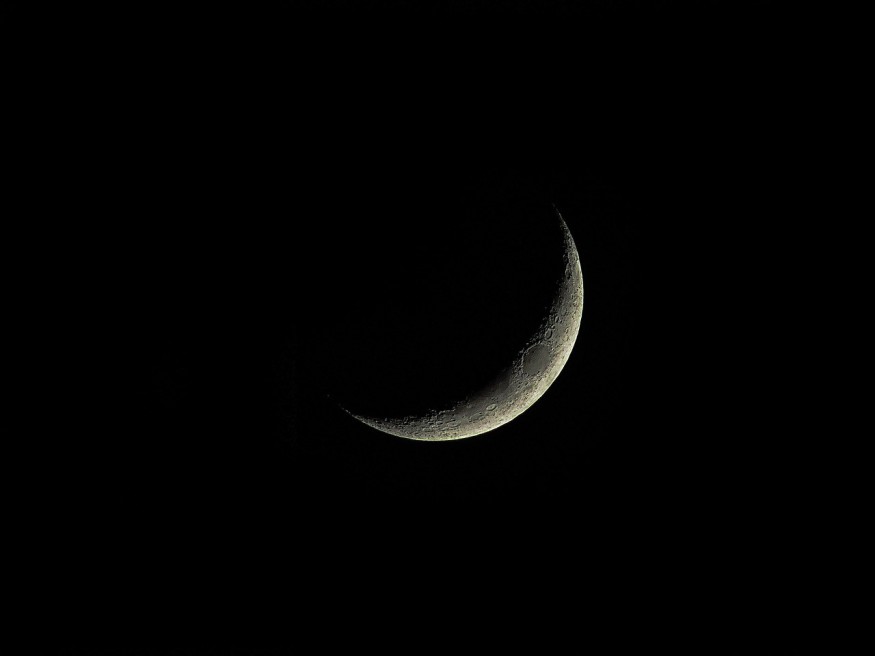
While the crescent Moon itself offers a beautiful and delicate sight, the Moon can offer more. This week in particular, the Moon will be exuding the "Da Vinci glow."
What Is the Moon's Da Vinci Glow?
From Tuesday evening all the way until the weekend, the Moon will be waxing each evening to form a brighter and bigger crescent. However, the Da Vinci Glow may possibly be the most charming celestial sight this week.
The Da Vinci Glow refers to the dim light that can be seen from the crescent Moon's dark limb. It is named after Leonardo Da Vinci, the popular Italian astronomer from the 16th century who first observed the phenomena. Leonardo Da Vinci used to examine the sky and was intrigued by the Moon's subtle outline that surfaced when a crescent Moon was present at the horizon during sunset or sunrise.
It is also called "planet-shine" or "Earthshine," since it actually originates from the Earth and not the Moon. Another name for it is "Ashen Glow."
This phenomenon covers sunlight reflected by the ice and clouds of the Earth onto the lunar surface. This produces a faint and light glow.
The Da Vinci Glow can only be seen during the observation of a slim crescent Moon, which will be visible throughout all evenings of the week. The strength of the glow varies across the year as ice and clouds also vary.
ALSO READ : Moon Plays Crucial Role in Life on Earth, Could Potentially Determine What Makes A Planet Habitable
Catch the Da Vinci Glow This Week
Skywatchers this week are in for a Moon-viewing treat. The new moon of November 13 grants a chance to see the super-slender Moon, with a 2% illumination, on November 14. The Moon will be shining over the southwestern sky a couple of minutes post-sunset.
To catch the sight of the Moon, it may be necessary to use a pair of binoculars before the Sun disappears completely from the sky. Viewers should also pay attention to the timing and look for a shallow horizon to maximize their chances of catching the cosmic sight.
There are some things that can be paid attention to in order to catch the lunar sight throughout the week. For one, viewers should primarily face southwest.
On November 15, the waxing crescent Moon will have a 7% illumination over the twilight sky, then it will have a 14% illumination the next day. By November 15, the Da Vinci glow will appear against the Sagittarius stars in twilight.
On November 17, the waxing crescent Moon will be 23% illuminated and the Da Vinci Glow will also pop in twilight against the Sagittarius stars.
The best times for catching the Da Vinci Glow will be on Thursday and Friday, roughly 30 to 60 minutes post-sunset. While the glow stays there, it cannot be observed when the crescent Moon has an illumination of 25%. This is because the moonlight overpowers the Da Vinci Glow's subtle shine.
When the Da Vinci Glow will be at its best appearance on Thursday and Friday, viewing with the naked eye would be enough. However, using a pair of binoculars may also work well.
Check out more news and information on Space in Science Times.










